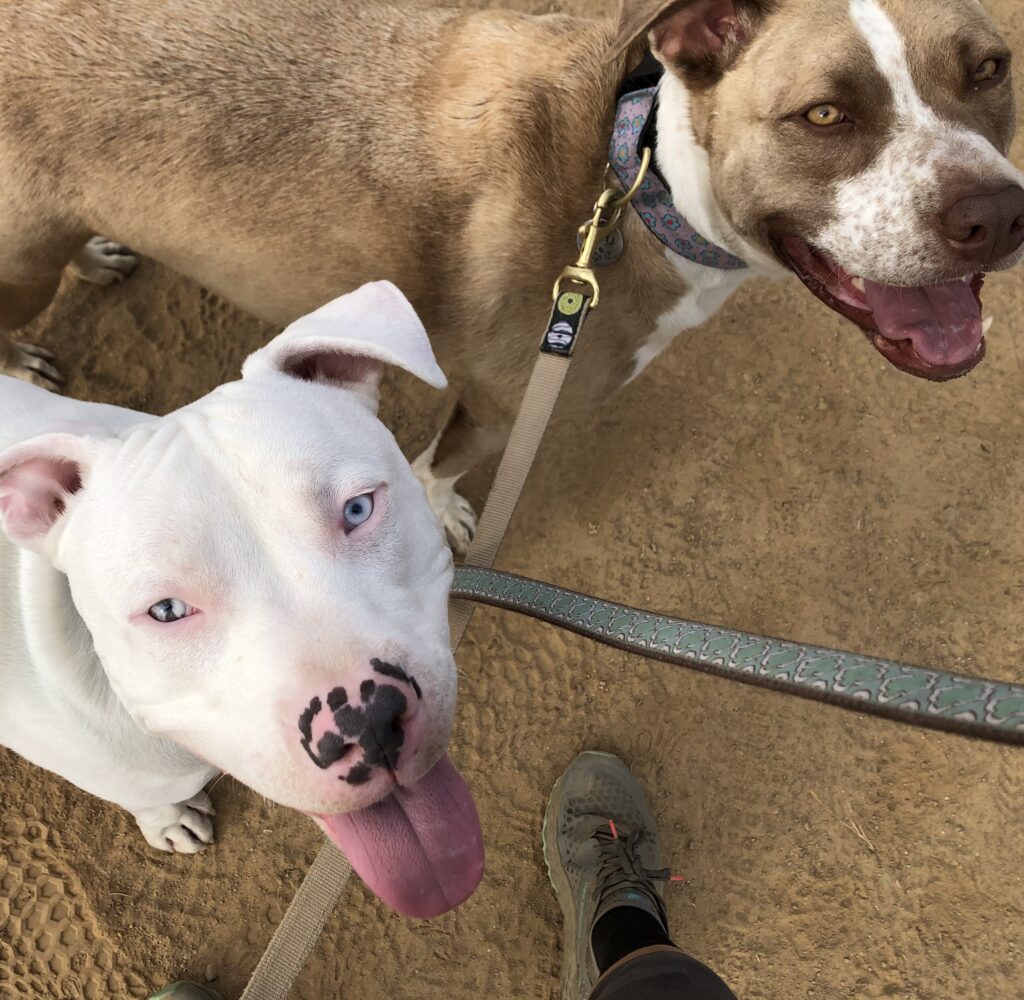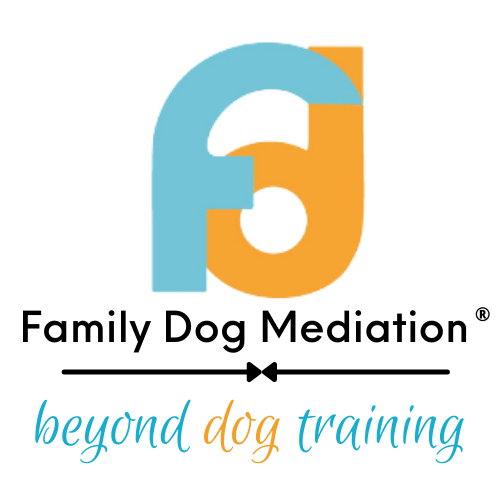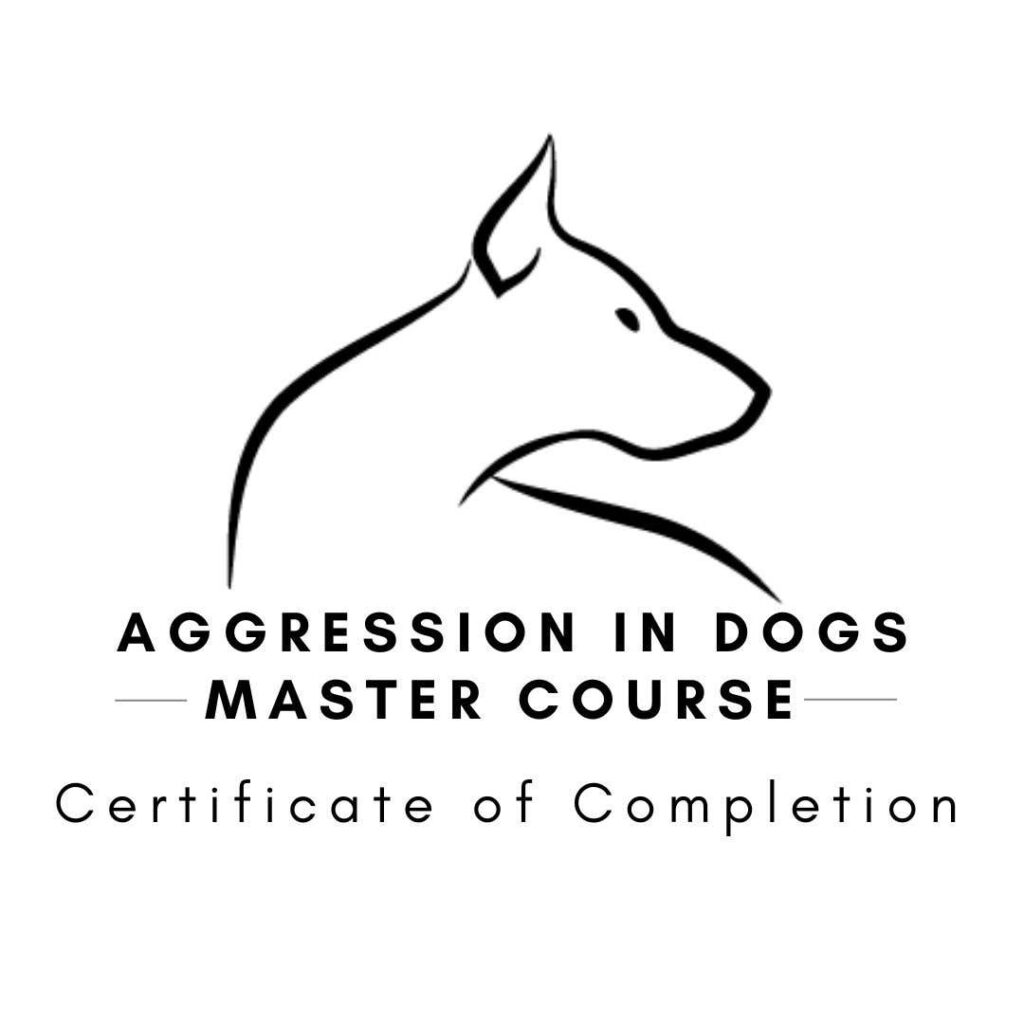
Heather Mastrianni
Cert. Family Dog Mediator
VSA-CDT
AID-MC
*Assessing Aggression, Dog Bites & Animal Cruelty
Experienced In:
-Dog Bites
-Aggressive Dog Behavior
-Fearful Dogs
-Forever Home Transitions
-Deaf Dogs


Professional Dog Assessments:
A professional assessment for dog bites will not determine if a dog is “safe” or “dangerous”, but can help you gain pertinent information in order to develop a plan for management and behavior modification. Professional assessments are important for shelters that respond to and investigate hoarding cases (multiple dogs), cruelty cases and bite cases. A trained assessor can gather physical evidence from the environments that will be affiliated with behavior in the dog and will help determine if laws were broken under the Animal Welfare Act and Animal Welfare Regulations.
An assessment can provide an unbiased perspective on behavior when dealing with often emotionally charged situations regarding aggression and dog bites. Having an assessor that specializes in all aspects of animal welfare with a trained eye for fact finding and dog behavior covers important legal bases when investigation cases from bites to animal cruelty.
The goal of the assessment is to:
- Determine to the best of our ability the motivation and intent of the bite or aggression through assessing the individual dog and factoring genetic breed traits, history, trauma and possible medical issues.
- Consider the dogs L.E.G.S. (Learning, Environment, Genetics and Self) to develop a prognosis.
- Weigh safety issues for the public and family while considering quality of life issues for the dog.
- Recommend implementation of management protocols as indicated.
- For shelters I will provide a detailed prognosis including what an ideal adopter would look like and necessary long term management if appropriate. Marginal dogs will be noted as such and public safety should be a serious consideration in the prognosis.
- For shelters/rescues I have 20+ years of deaf dog training experience- in particular bull breeds.
- Suggest means for improvement of human/animal relationships if appropriate.
- Refer other professionals and businesses for additional assistance as needed.
Assessments- Protocol for aggression and biting
Displays of aggressive behaviors in dogs include barking, lunging, growling and biting. It is often difficult to determine the cause, as it seems to many people, to present as a “switch” type behavior in the dog. The first step is to determine the motivation for the bite. Once we understand why the bite happened by understanding what the dog was trying to achieve- we can determine a prognosis for the dog. By understanding the intent we can consider outcomes of rehabilitation or weigh safety issues to both the public and family. If a prognosis is poor we need to first and foremost implement strict management protocol for safety and consider the quality of life for the dog. Is the dog’s behavior a direct indication of an undiagnosed genetic issue? Is the dog suffering?
If the prognosis is encouraging- the family/caregiver needs to have the time, resources and dedication to rehabilitate the dog.
Assessments- Protocol for Neglect, Animal Cruelty, Hoarding and Puppy Mill Cases:
In assessing special case dogs that have often experienced extreme neglect, cruelty and or lived with multiple animals in unsanitary conditions with little to no positive human contact- we must gather as much history as possible, assess the surroundings to determine how the animals were housed. It’s important to know if the dogs had access to outside/inside, how often they had clean water/food. What kind of shelter, if any, did they have. Were they tied down? How long was the tie out? What material was the tie out etc. Everything in the environment creates a snapshot of the animal(s) life and can help us understand behavior and if the laws that protect animals have been upheld.
Behavior modification for dogs that have experienced significant trauma should not be obedience based. Beginning with a heavy focus on enrichment and as recovery/decompression progresses “luring” techniques with pattern games to introduce the dog to positive human interaction.
Some dogs may need behavior meds during the recovery process for heightened OCD behavior. Many dogs may be able to function well in an adoptive home setting but have issues with passageways and confined areas, some family members etc. Obedience training will not work on these behaviors as they are fear based. The goal, sometimes along with meds, will be to provide alternative behaviors through enrichment- changing the brain chemistry to a stimuli.
Getting the Prognosis:
It’s understandable that many animals in these conditions, once rescued, will remain very fearful. Lack of socialization, trauma during fear periods of the animals’ development and when an animal is constantly experiencing the “fight or flight” response it triggers a constant cascade of physiological responses. Constant release of hormones such as adrenaline and cortisol. The sympathetic nervous system is always turned on and essentially changes the brain chemistry of dogs in extreme stress.
Some dogs may have developed OCD behavior as a coping mechanism and even once removed may often experience PTSD such as humans who have experienced trauma. Gathering some history, a snapshot of daily life and medical evaluations will be invaluable when assessing the behaviors displayed once rescued. Determining an individual dog’s stress level accurately and providing appropriate options for decompression can immediately alter that dog’s fate and road to recovery. Understanding body language, signaling and the difference between a “shutdown” dog as opposed to a “quiet” dog is imperative.
Contact Me:
I can provide a “snapshot” of why the behavior is occurring and the motivation behind the bite(s). I provide an interactive assessment when I meet with the client(s) and dog(s). As well I provide a detailed email follow-up once I review the assessment.
The assessment takes 1-1.5 hrs preferably at the client’s home, I also like to take the dog outside if appropriate. I like to be able to assess a dog in a natural setting that they are familiar with.
** (I also offer services for shelter & rescue organizations for aggression, bites, animal cruelty and neglect cases-please contact me at hemastrianni@gmail.com)
Prior to meeting the client/shelter I will gather as much information as possible that relates to the dog’s behavior including info on the bite(s) and other pertinent information regarding how the dog was acquired, health, history and treatment at the veterinary hospital.
Currently accepting new clients in person in the Saratoga Springs, NY area and surrounding counties.
Read more about how dogs communicate in one of my latest blog posts…

